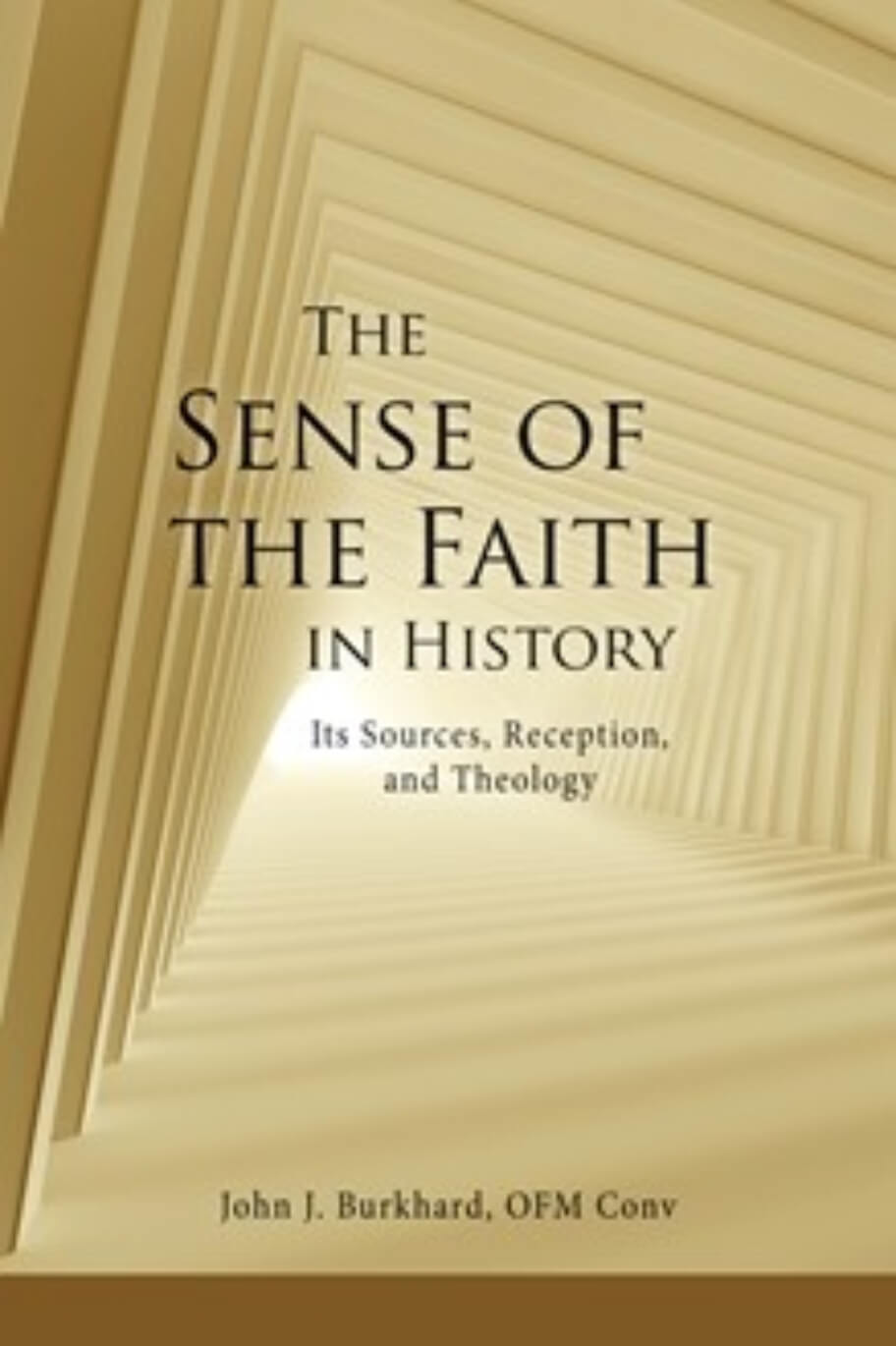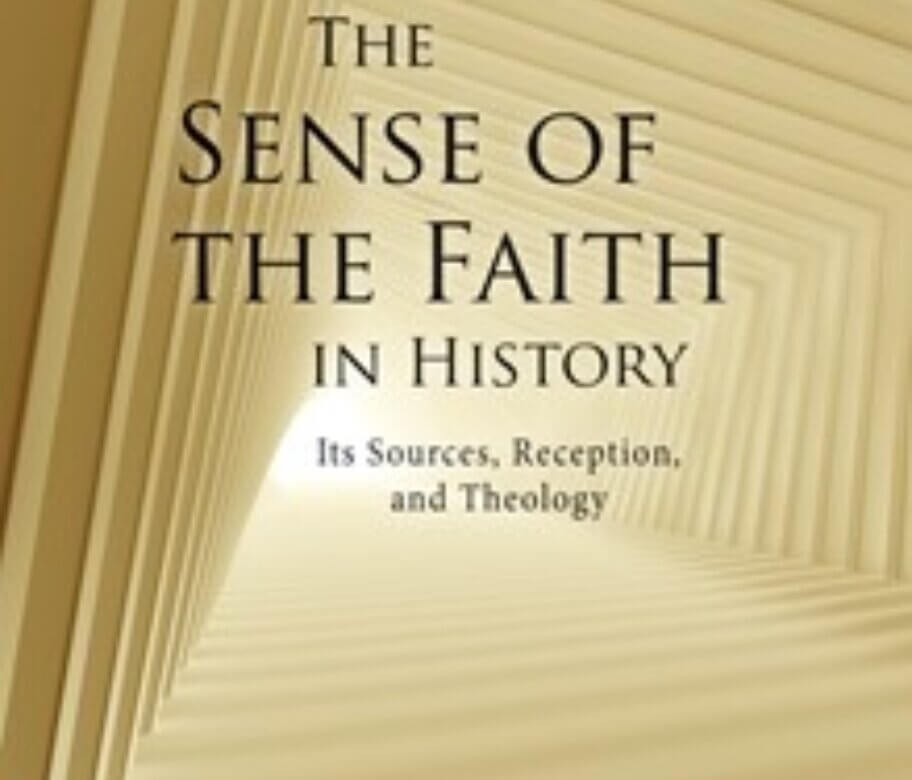LnRiLWNvbnRhaW5lciAudGItY29udGFpbmVyLWlubmVye3dpZHRoOjEwMCU7bWFyZ2luOjAgYXV0b30gLndwLWJsb2NrLXRvb2xzZXQtYmxvY2tzLWNvbnRhaW5lci50Yi1jb250YWluZXJbZGF0YS10b29sc2V0LWJsb2Nrcy1jb250YWluZXI9ImVkMzgzMmFhNjIwMWNiZWM1YjFlNWI5MDJkYzA2N2UyIl0geyBwYWRkaW5nOiAyNXB4OyB9ICAudGItZmllbGRzLWFuZC10ZXh0W2RhdGEtdG9vbHNldC1ibG9ja3MtZmllbGRzLWFuZC10ZXh0PSJiYTIxOWZhOTFiZTI4Yzc3ZDViMmI0MDAxMmZkMWYwMSJdIHsgZm9udC1zaXplOiAxM3B4O2NvbG9yOiByZ2JhKCAxMTYsIDExNiwgMTE2LCAxICk7cGFkZGluZy1ib3R0b206IDE1cHg7Ym9yZGVyLXRvcDogMHB4IHNvbGlkIHJnYmEoIDIxNiwgMjE2LCAyMTYsIDEgKTtib3JkZXItcmlnaHQ6IDBweCBzb2xpZCByZ2JhKCAyMTYsIDIxNiwgMjE2LCAxICk7Ym9yZGVyLWJvdHRvbTogMXB4IHNvbGlkIHJnYmEoIDIxNiwgMjE2LCAyMTYsIDEgKTtib3JkZXItbGVmdDogMHB4IHNvbGlkIHJnYmEoIDIxNiwgMjE2LCAyMTYsIDEgKTsgfSAudGItZmllbGRzLWFuZC10ZXh0W2RhdGEtdG9vbHNldC1ibG9ja3MtZmllbGRzLWFuZC10ZXh0PSJiYTIxOWZhOTFiZTI4Yzc3ZDViMmI0MDAxMmZkMWYwMSJdIHAgeyBmb250LXNpemU6IDEzcHg7Y29sb3I6IHJnYmEoIDExNiwgMTE2LCAxMTYsIDEgKTsgfSAudGItaW1hZ2V7cG9zaXRpb246cmVsYXRpdmU7dHJhbnNpdGlvbjp0cmFuc2Zvcm0gMC4yNXMgZWFzZX0ud3AtYmxvY2staW1hZ2UgLnRiLWltYWdlLmFsaWduY2VudGVye21hcmdpbi1sZWZ0OmF1dG87bWFyZ2luLXJpZ2h0OmF1dG99LnRiLWltYWdlIGltZ3ttYXgtd2lkdGg6MTAwJTtoZWlnaHQ6YXV0bzt3aWR0aDphdXRvO3RyYW5zaXRpb246dHJhbnNmb3JtIDAuMjVzIGVhc2V9LnRiLWltYWdlIC50Yi1pbWFnZS1jYXB0aW9uLWZpdC10by1pbWFnZXtkaXNwbGF5OnRhYmxlfS50Yi1pbWFnZSAudGItaW1hZ2UtY2FwdGlvbi1maXQtdG8taW1hZ2UgLnRiLWltYWdlLWNhcHRpb257ZGlzcGxheTp0YWJsZS1jYXB0aW9uO2NhcHRpb24tc2lkZTpib3R0b219IC53cC1ibG9jay1pbWFnZS50Yi1pbWFnZVtkYXRhLXRvb2xzZXQtYmxvY2tzLWltYWdlPSI1Mzc3ZjEwM2QyN2M2YzBjMDViZTViNWQ1ODgwMzU1YiJdIHsgbWF4LXdpZHRoOiAxMDAlOyB9IC50Yi1maWVsZFtkYXRhLXRvb2xzZXQtYmxvY2tzLWZpZWxkPSIwYzgzYmRmNjJkYWFmMjc0Yjk5YTY1YzBmY2FhYTZjNCJdIHsgZm9udC1zdHlsZTogaXRhbGljOyB9ICAgQG1lZGlhIG9ubHkgc2NyZWVuIGFuZCAobWF4LXdpZHRoOiA3ODFweCkgeyAudGItY29udGFpbmVyIC50Yi1jb250YWluZXItaW5uZXJ7d2lkdGg6MTAwJTttYXJnaW46MCBhdXRvfSAudGItaW1hZ2V7cG9zaXRpb246cmVsYXRpdmU7dHJhbnNpdGlvbjp0cmFuc2Zvcm0gMC4yNXMgZWFzZX0ud3AtYmxvY2staW1hZ2UgLnRiLWltYWdlLmFsaWduY2VudGVye21hcmdpbi1sZWZ0OmF1dG87bWFyZ2luLXJpZ2h0OmF1dG99LnRiLWltYWdlIGltZ3ttYXgtd2lkdGg6MTAwJTtoZWlnaHQ6YXV0bzt3aWR0aDphdXRvO3RyYW5zaXRpb246dHJhbnNmb3JtIDAuMjVzIGVhc2V9LnRiLWltYWdlIC50Yi1pbWFnZS1jYXB0aW9uLWZpdC10by1pbWFnZXtkaXNwbGF5OnRhYmxlfS50Yi1pbWFnZSAudGItaW1hZ2UtY2FwdGlvbi1maXQtdG8taW1hZ2UgLnRiLWltYWdlLWNhcHRpb257ZGlzcGxheTp0YWJsZS1jYXB0aW9uO2NhcHRpb24tc2lkZTpib3R0b219ICAgfSBAbWVkaWEgb25seSBzY3JlZW4gYW5kIChtYXgtd2lkdGg6IDU5OXB4KSB7IC50Yi1jb250YWluZXIgLnRiLWNvbnRhaW5lci1pbm5lcnt3aWR0aDoxMDAlO21hcmdpbjowIGF1dG99IC50Yi1pbWFnZXtwb3NpdGlvbjpyZWxhdGl2ZTt0cmFuc2l0aW9uOnRyYW5zZm9ybSAwLjI1cyBlYXNlfS53cC1ibG9jay1pbWFnZSAudGItaW1hZ2UuYWxpZ25jZW50ZXJ7bWFyZ2luLWxlZnQ6YXV0bzttYXJnaW4tcmlnaHQ6YXV0b30udGItaW1hZ2UgaW1ne21heC13aWR0aDoxMDAlO2hlaWdodDphdXRvO3dpZHRoOmF1dG87dHJhbnNpdGlvbjp0cmFuc2Zvcm0gMC4yNXMgZWFzZX0udGItaW1hZ2UgLnRiLWltYWdlLWNhcHRpb24tZml0LXRvLWltYWdle2Rpc3BsYXk6dGFibGV9LnRiLWltYWdlIC50Yi1pbWFnZS1jYXB0aW9uLWZpdC10by1pbWFnZSAudGItaW1hZ2UtY2FwdGlvbntkaXNwbGF5OnRhYmxlLWNhcHRpb247Y2FwdGlvbi1zaWRlOmJvdHRvbX0gICB9IA==
Richard Shields, PhD, Dunas, ON
Volume 37 Issue 4, 5 & 6 | Posted: July 18, 2022
The Synodal process is now going on in dioceses across Canada and the United States. It is a process that is both new and unfamiliar to many Catholics. A democratic development? A period of discernment? What role do all the baptized play in responsibility for the Church? What right do they have to insist on what can or will be discussed?
Theologically, the “sense of the faith” of the faithful is a critical element in the process. More than a concept, the “sense of the faith”, is a reality that empowers and entitles Catholics not only to speak out, but to expect to be heard. But it is an idea that is easily misunderstood. John J. Burkhard’s The Sense of the Faith in History gives clarity to the concept and offers practical assistance for making the “sense of the faith” operative in the Church’s life.
The “sense of the faith” of the faithful has gained currency in the Catholic vernacular ever since it was referenced by the word-wide body of bishops at the Second Vatican Council (Lumen Gentium, par. 12 and 35). But it remains an elusive dimension of Catholic life, because it has rarely been drawn on by bishops and clergy in their decision making. In fact, consultation with the laity appears to many of the ordained ministers to be a threat. How to end this tug of war over what the Church must do to be faithful to its mission and mandate?
This book offers critical thinking Catholics a historically rich and theologically well-grounded resource for understanding what Pope Francis is talking about, when he calls all members of the Church to “walk together.” It may come as a surprise to many that this “progressive” idea was already being taught (though tentatively) by sixteenth century theologians, much less that it played a role in the thinking of the council of Trent. This is only one of the historical treasures that the reader will discover in Burkhard’s thorough study. Burkhard’s study continues to explore the insights of several theologians and canonists up to Vatican I.
Besides providing a very readable account of how the theology of “sense of the faith” developed over the next four centuries, Burkhard deals with the very practical issue of how the faithful were consulted in relation to the papal proclamations of the Marian dogmas of the Immaculate Conception (1854) and the Assumption (1950). He also provides a context for each definition that frees it from an overly-narrow application to the Blessed Mother and opens the way to relating it to the faithful at large. Particularly enlightening is Burkhard’s discussion of how the “sense of the faith” made it into Vatican II, the questions that were raised, the debates it provoked, and the key players in moving it into the actual council documents.
Of particular interest to Catholics committed to the synodal path is Burkhard’s chapter 10, “Official Reception of the “Sense of the Faith” since Vatican II. Exploring how the “sense of the faith” is understood and dealt with in Canon Law, the Eastern Church, Catechism of the Catholic Church, Papal magisterium, the Congregation of the Faith, and the International Theological Commission, Burkhard shows that while the teaching continues to gain traction, there remain several unresolved issues. acceptance and practical use are still not finalized. This erudite and penetrating study of one of the most important topics in contemporary Catholicism, concludes with a chapter that offers several important components for deepening the Church’s understanding of this important theological doctrine.
The Sense of the Faith will be a real learning experience for me for any reader ready to settle in to over four hundred pages of balanced and thoughtful discussion of a significant theological importance. While it would be an exaggeration to call a historical theological study a page tuner, Burkhard’s style in user-friendly. Questions and critical observations at the end of each section pointed out limits and shortcomings of the theologians/canonists and leave room for the reader’s own critical assessment.
This book should be a go-to resource for questioning Catholics who want to move forward on the synodal path, confident that they know what they are talking about and able to help others catch up with the thinking behind many of Pope Francis’ initiatives. In terms of contemporary Catholicism, Burkhard’s study is unreservedly a “must read.”
LnRiLWNvbnRhaW5lciAudGItY29udGFpbmVyLWlubmVye3dpZHRoOjEwMCU7bWFyZ2luOjAgYXV0b30gLndwLWJsb2NrLXRvb2xzZXQtYmxvY2tzLWNvbnRhaW5lci50Yi1jb250YWluZXJbZGF0YS10b29sc2V0LWJsb2Nrcy1jb250YWluZXI9ImVkMzgzMmFhNjIwMWNiZWM1YjFlNWI5MDJkYzA2N2UyIl0geyBwYWRkaW5nOiAyNXB4OyB9ICAudGItZmllbGRzLWFuZC10ZXh0W2RhdGEtdG9vbHNldC1ibG9ja3MtZmllbGRzLWFuZC10ZXh0PSJiYTIxOWZhOTFiZTI4Yzc3ZDViMmI0MDAxMmZkMWYwMSJdIHsgZm9udC1zaXplOiAxM3B4O2NvbG9yOiByZ2JhKCAxMTYsIDExNiwgMTE2LCAxICk7cGFkZGluZy1ib3R0b206IDE1cHg7Ym9yZGVyLXRvcDogMHB4IHNvbGlkIHJnYmEoIDIxNiwgMjE2LCAyMTYsIDEgKTtib3JkZXItcmlnaHQ6IDBweCBzb2xpZCByZ2JhKCAyMTYsIDIxNiwgMjE2LCAxICk7Ym9yZGVyLWJvdHRvbTogMXB4IHNvbGlkIHJnYmEoIDIxNiwgMjE2LCAyMTYsIDEgKTtib3JkZXItbGVmdDogMHB4IHNvbGlkIHJnYmEoIDIxNiwgMjE2LCAyMTYsIDEgKTsgfSAudGItZmllbGRzLWFuZC10ZXh0W2RhdGEtdG9vbHNldC1ibG9ja3MtZmllbGRzLWFuZC10ZXh0PSJiYTIxOWZhOTFiZTI4Yzc3ZDViMmI0MDAxMmZkMWYwMSJdIHAgeyBmb250LXNpemU6IDEzcHg7Y29sb3I6IHJnYmEoIDExNiwgMTE2LCAxMTYsIDEgKTsgfSAudGItaW1hZ2V7cG9zaXRpb246cmVsYXRpdmU7dHJhbnNpdGlvbjp0cmFuc2Zvcm0gMC4yNXMgZWFzZX0ud3AtYmxvY2staW1hZ2UgLnRiLWltYWdlLmFsaWduY2VudGVye21hcmdpbi1sZWZ0OmF1dG87bWFyZ2luLXJpZ2h0OmF1dG99LnRiLWltYWdlIGltZ3ttYXgtd2lkdGg6MTAwJTtoZWlnaHQ6YXV0bzt3aWR0aDphdXRvO3RyYW5zaXRpb246dHJhbnNmb3JtIDAuMjVzIGVhc2V9LnRiLWltYWdlIC50Yi1pbWFnZS1jYXB0aW9uLWZpdC10by1pbWFnZXtkaXNwbGF5OnRhYmxlfS50Yi1pbWFnZSAudGItaW1hZ2UtY2FwdGlvbi1maXQtdG8taW1hZ2UgLnRiLWltYWdlLWNhcHRpb257ZGlzcGxheTp0YWJsZS1jYXB0aW9uO2NhcHRpb24tc2lkZTpib3R0b219IC53cC1ibG9jay1pbWFnZS50Yi1pbWFnZVtkYXRhLXRvb2xzZXQtYmxvY2tzLWltYWdlPSI1Mzc3ZjEwM2QyN2M2YzBjMDViZTViNWQ1ODgwMzU1YiJdIHsgbWF4LXdpZHRoOiAxMDAlOyB9IC50Yi1maWVsZFtkYXRhLXRvb2xzZXQtYmxvY2tzLWZpZWxkPSIwYzgzYmRmNjJkYWFmMjc0Yjk5YTY1YzBmY2FhYTZjNCJdIHsgZm9udC1zdHlsZTogaXRhbGljOyB9ICAgQG1lZGlhIG9ubHkgc2NyZWVuIGFuZCAobWF4LXdpZHRoOiA3ODFweCkgeyAudGItY29udGFpbmVyIC50Yi1jb250YWluZXItaW5uZXJ7d2lkdGg6MTAwJTttYXJnaW46MCBhdXRvfSAudGItaW1hZ2V7cG9zaXRpb246cmVsYXRpdmU7dHJhbnNpdGlvbjp0cmFuc2Zvcm0gMC4yNXMgZWFzZX0ud3AtYmxvY2staW1hZ2UgLnRiLWltYWdlLmFsaWduY2VudGVye21hcmdpbi1sZWZ0OmF1dG87bWFyZ2luLXJpZ2h0OmF1dG99LnRiLWltYWdlIGltZ3ttYXgtd2lkdGg6MTAwJTtoZWlnaHQ6YXV0bzt3aWR0aDphdXRvO3RyYW5zaXRpb246dHJhbnNmb3JtIDAuMjVzIGVhc2V9LnRiLWltYWdlIC50Yi1pbWFnZS1jYXB0aW9uLWZpdC10by1pbWFnZXtkaXNwbGF5OnRhYmxlfS50Yi1pbWFnZSAudGItaW1hZ2UtY2FwdGlvbi1maXQtdG8taW1hZ2UgLnRiLWltYWdlLWNhcHRpb257ZGlzcGxheTp0YWJsZS1jYXB0aW9uO2NhcHRpb24tc2lkZTpib3R0b219ICAgfSBAbWVkaWEgb25seSBzY3JlZW4gYW5kIChtYXgtd2lkdGg6IDU5OXB4KSB7IC50Yi1jb250YWluZXIgLnRiLWNvbnRhaW5lci1pbm5lcnt3aWR0aDoxMDAlO21hcmdpbjowIGF1dG99IC50Yi1pbWFnZXtwb3NpdGlvbjpyZWxhdGl2ZTt0cmFuc2l0aW9uOnRyYW5zZm9ybSAwLjI1cyBlYXNlfS53cC1ibG9jay1pbWFnZSAudGItaW1hZ2UuYWxpZ25jZW50ZXJ7bWFyZ2luLWxlZnQ6YXV0bzttYXJnaW4tcmlnaHQ6YXV0b30udGItaW1hZ2UgaW1ne21heC13aWR0aDoxMDAlO2hlaWdodDphdXRvO3dpZHRoOmF1dG87dHJhbnNpdGlvbjp0cmFuc2Zvcm0gMC4yNXMgZWFzZX0udGItaW1hZ2UgLnRiLWltYWdlLWNhcHRpb24tZml0LXRvLWltYWdle2Rpc3BsYXk6dGFibGV9LnRiLWltYWdlIC50Yi1pbWFnZS1jYXB0aW9uLWZpdC10by1pbWFnZSAudGItaW1hZ2UtY2FwdGlvbntkaXNwbGF5OnRhYmxlLWNhcHRpb247Y2FwdGlvbi1zaWRlOmJvdHRvbX0gICB9IA==
Richard Shields, PhD, Dunas, ON


